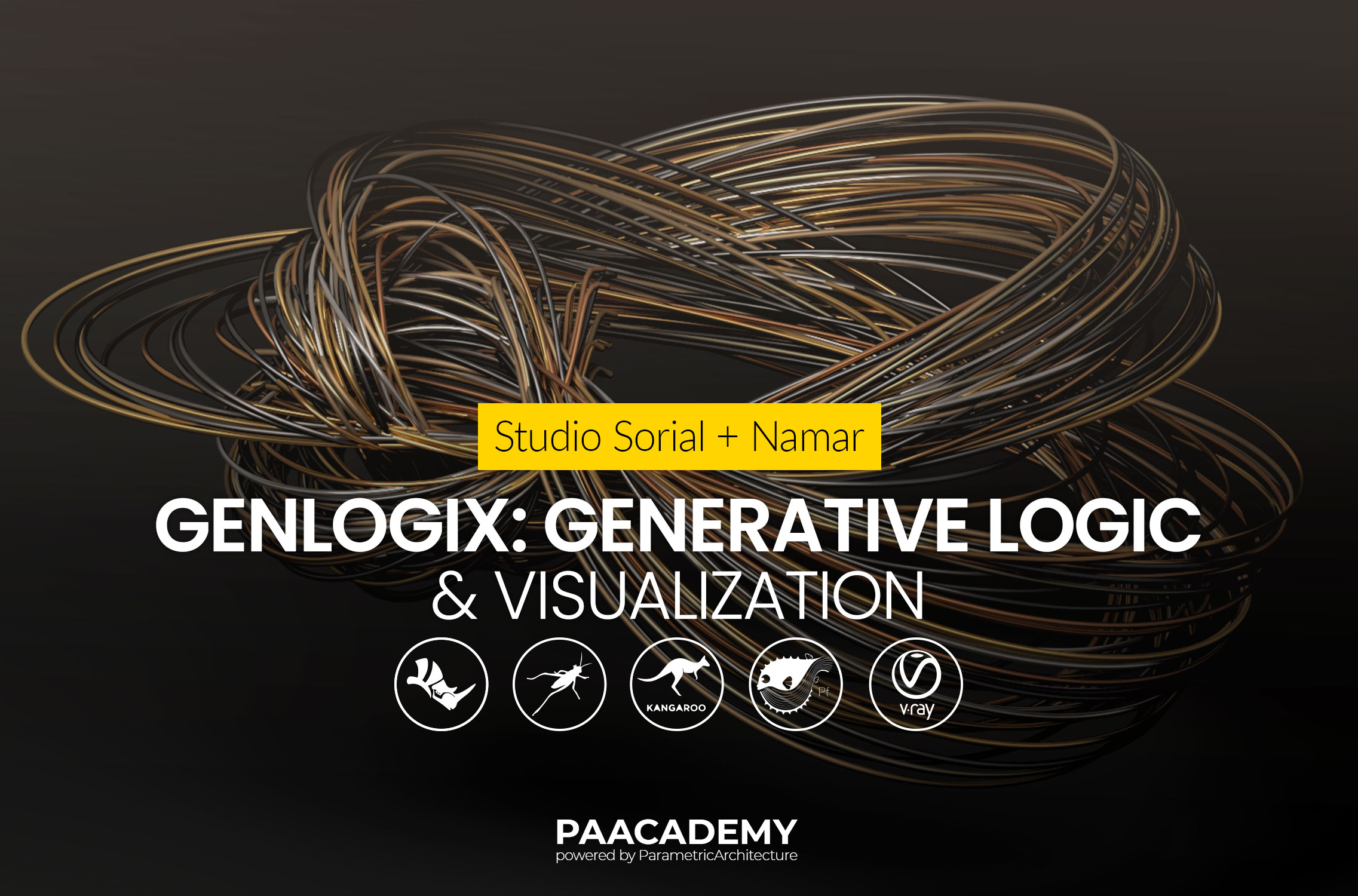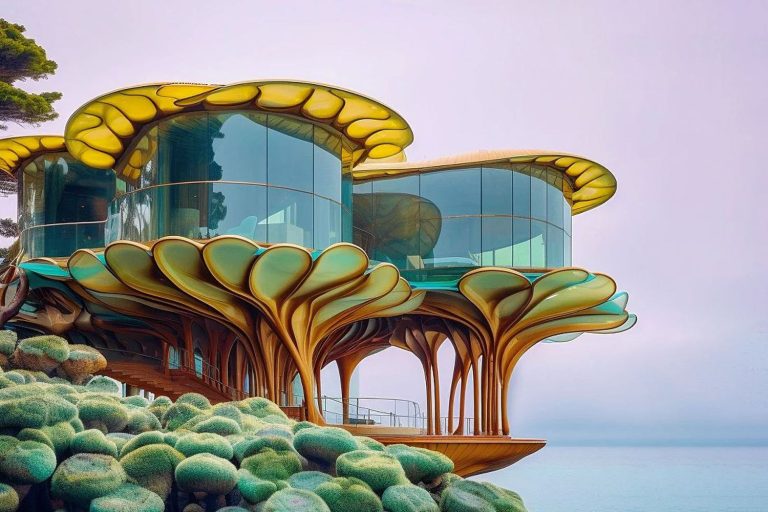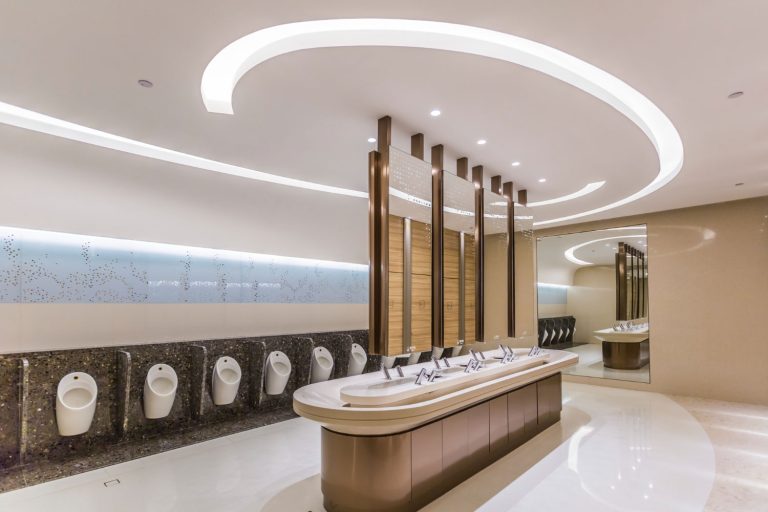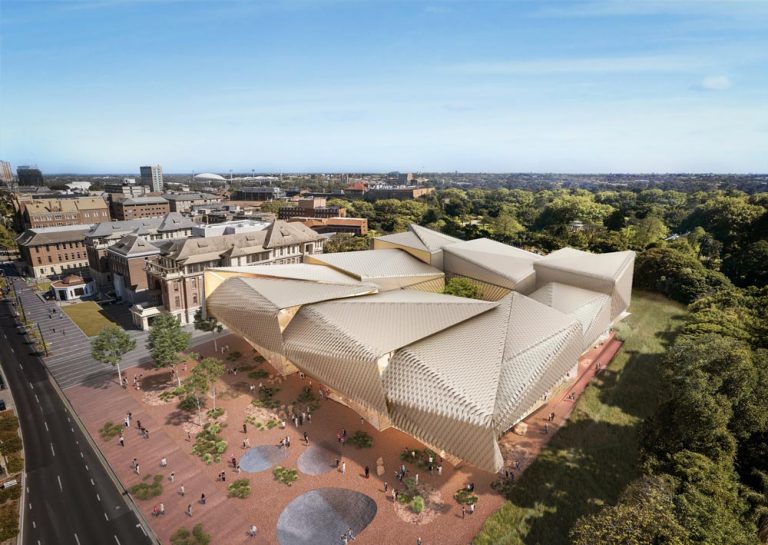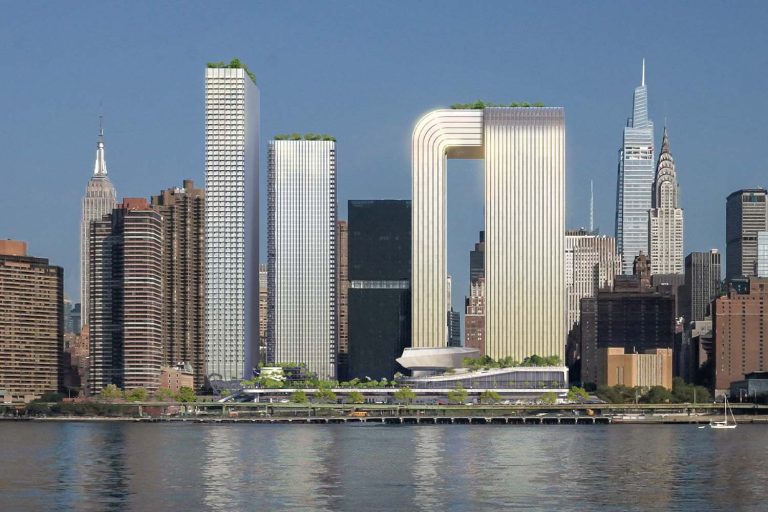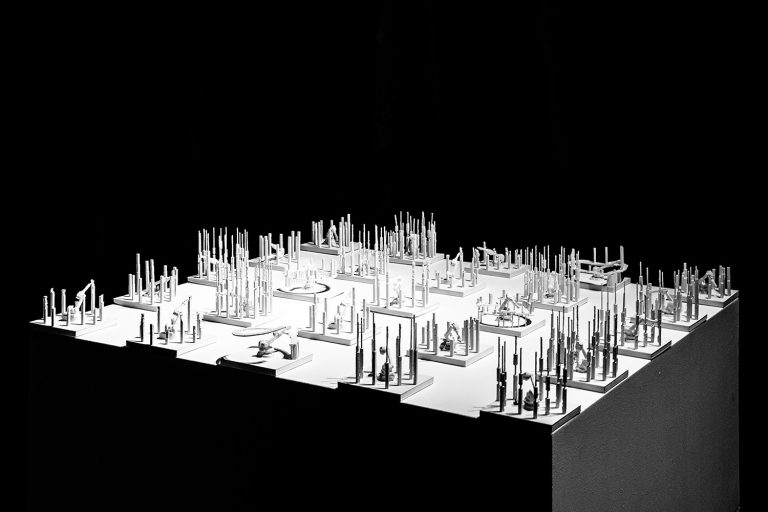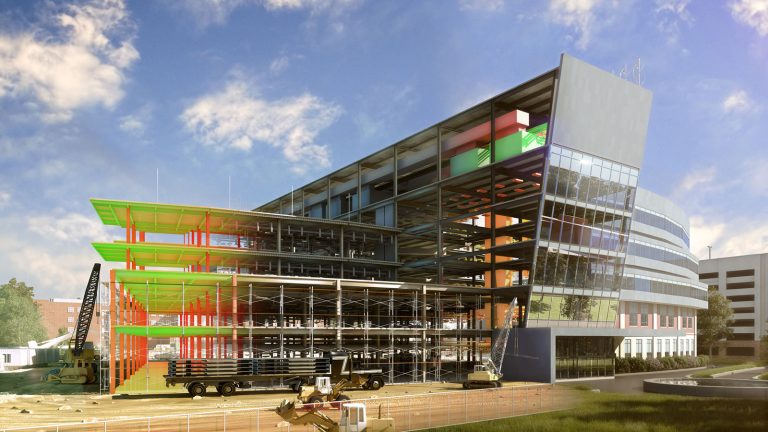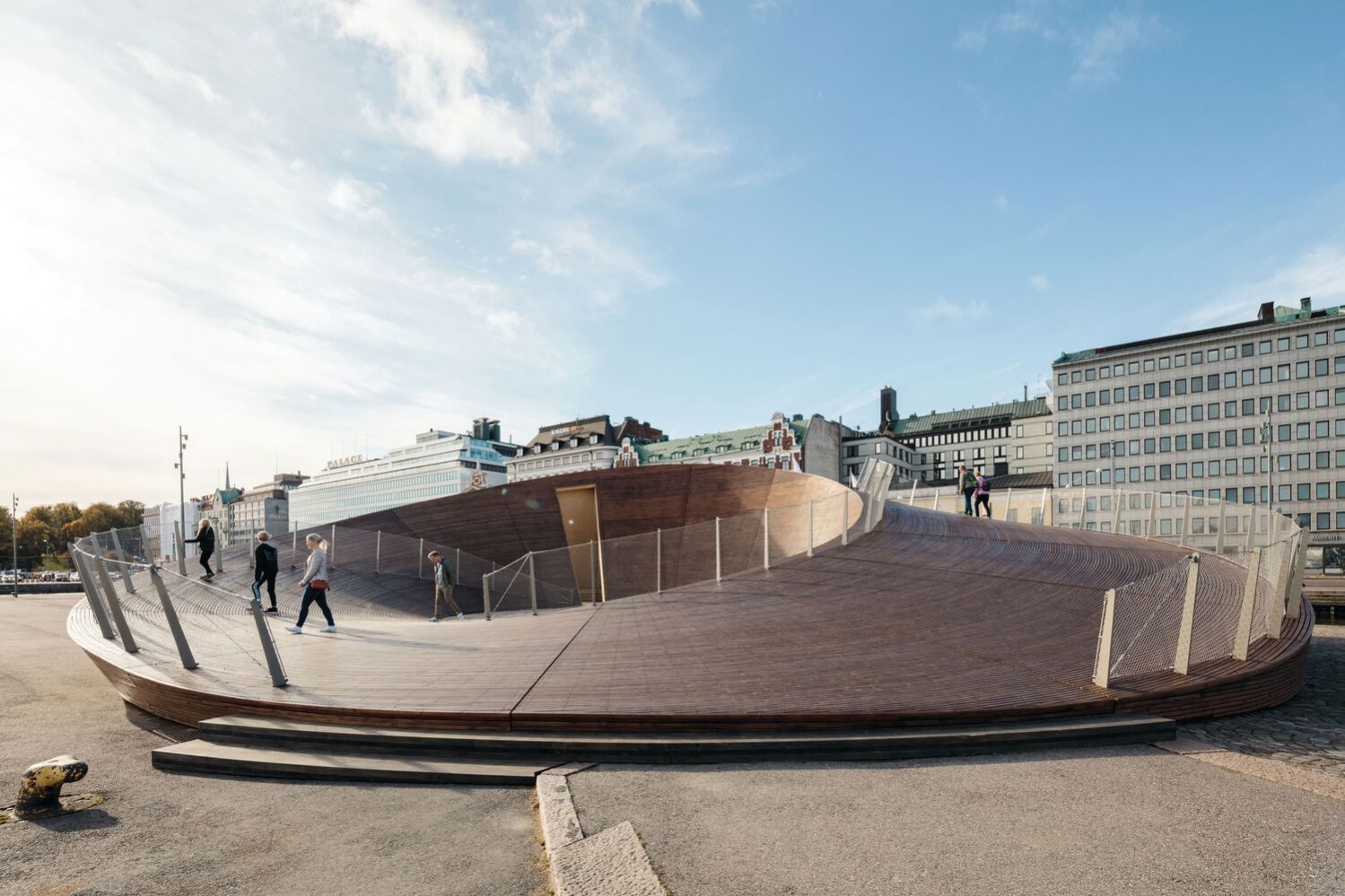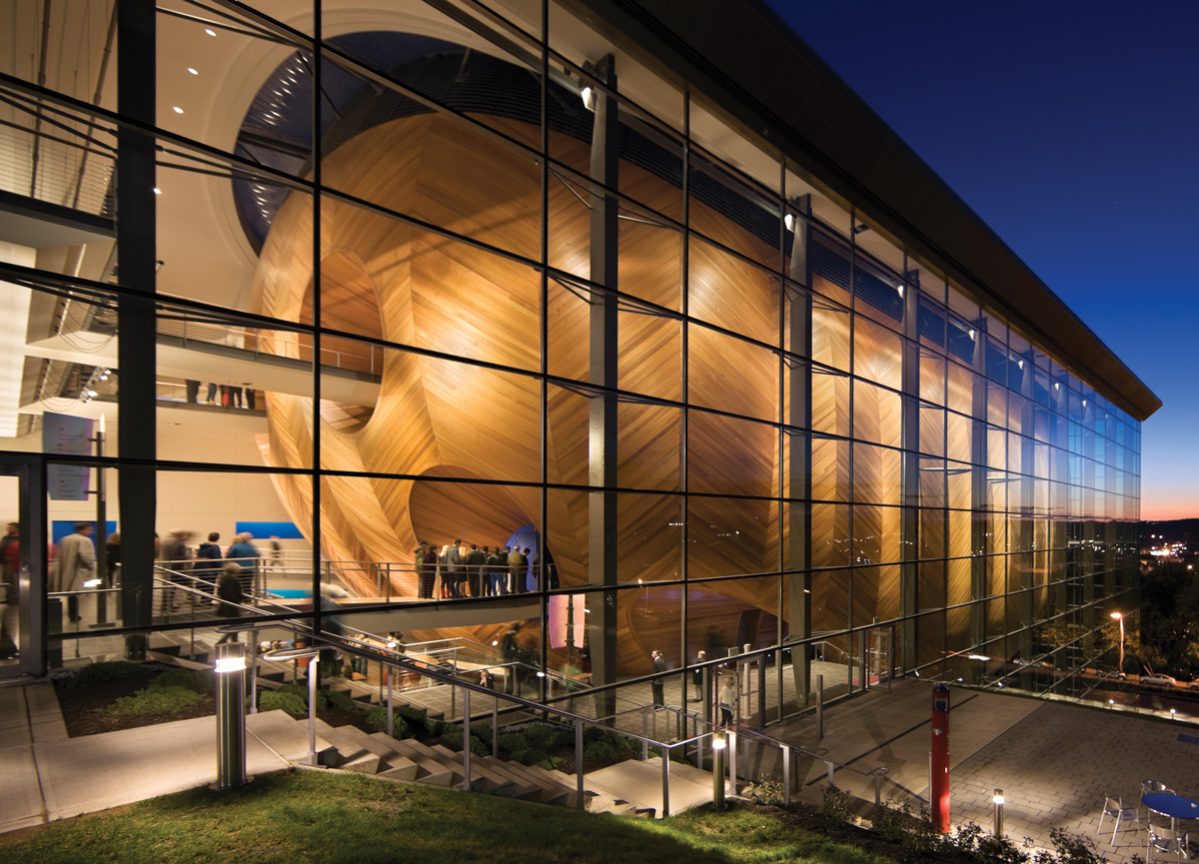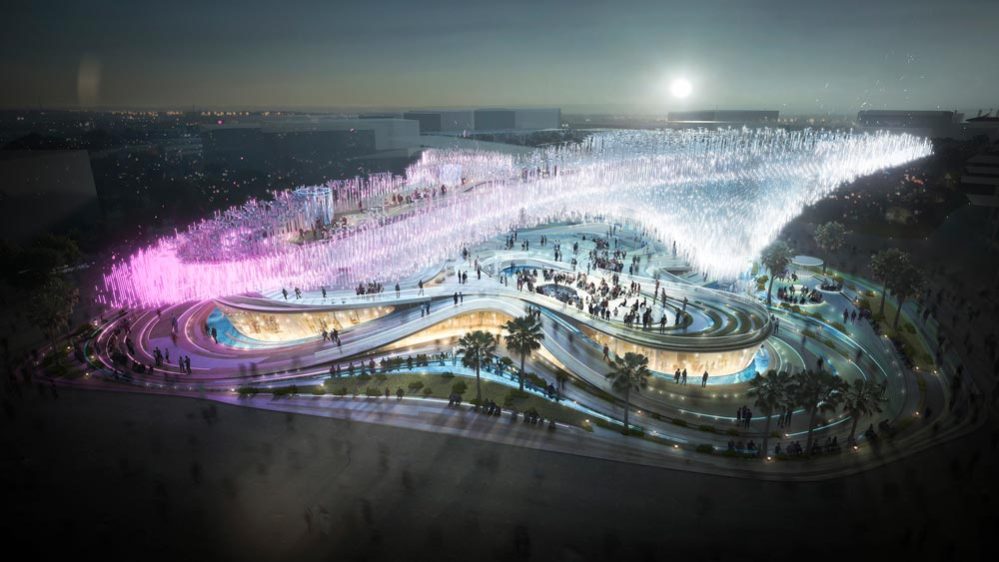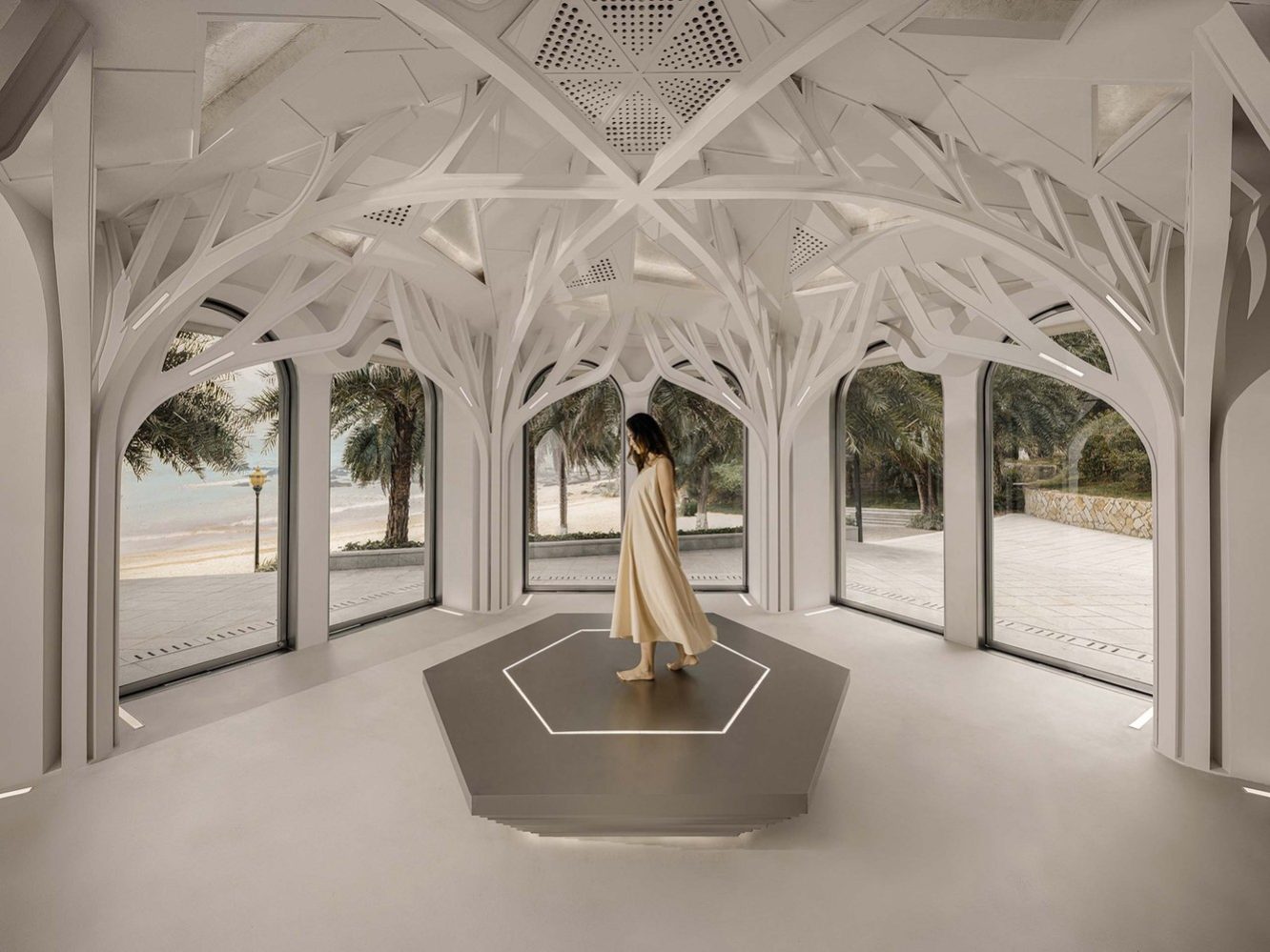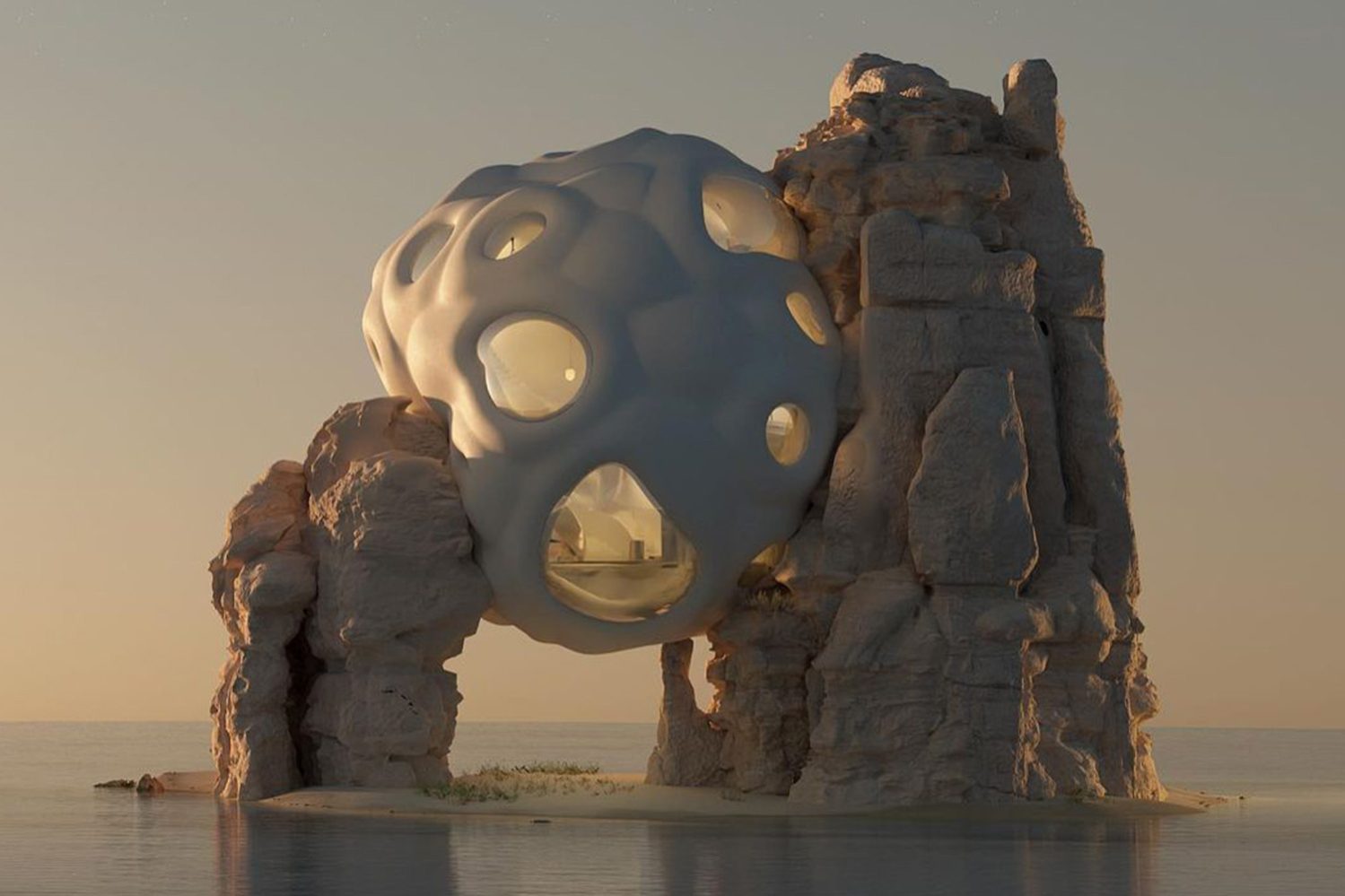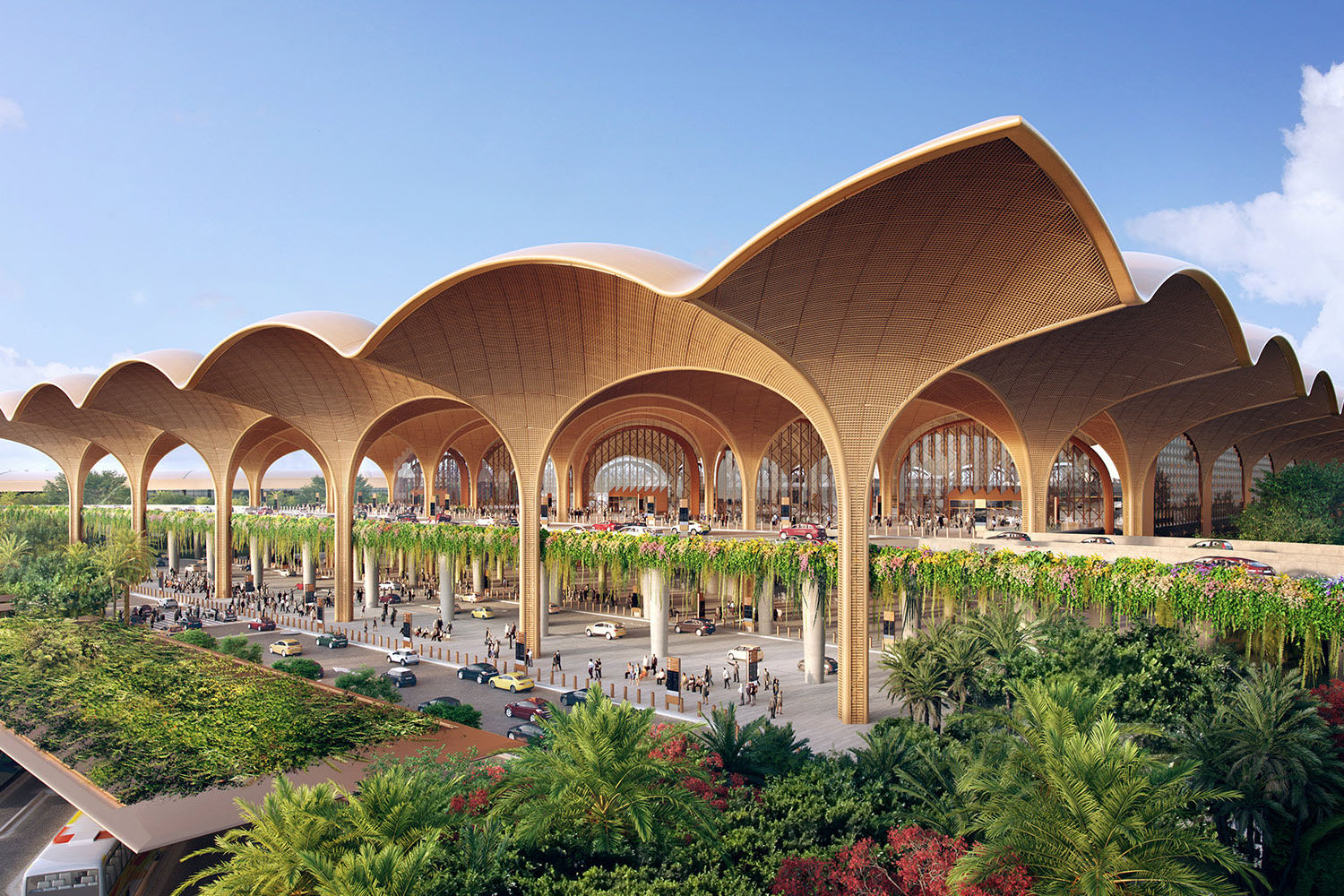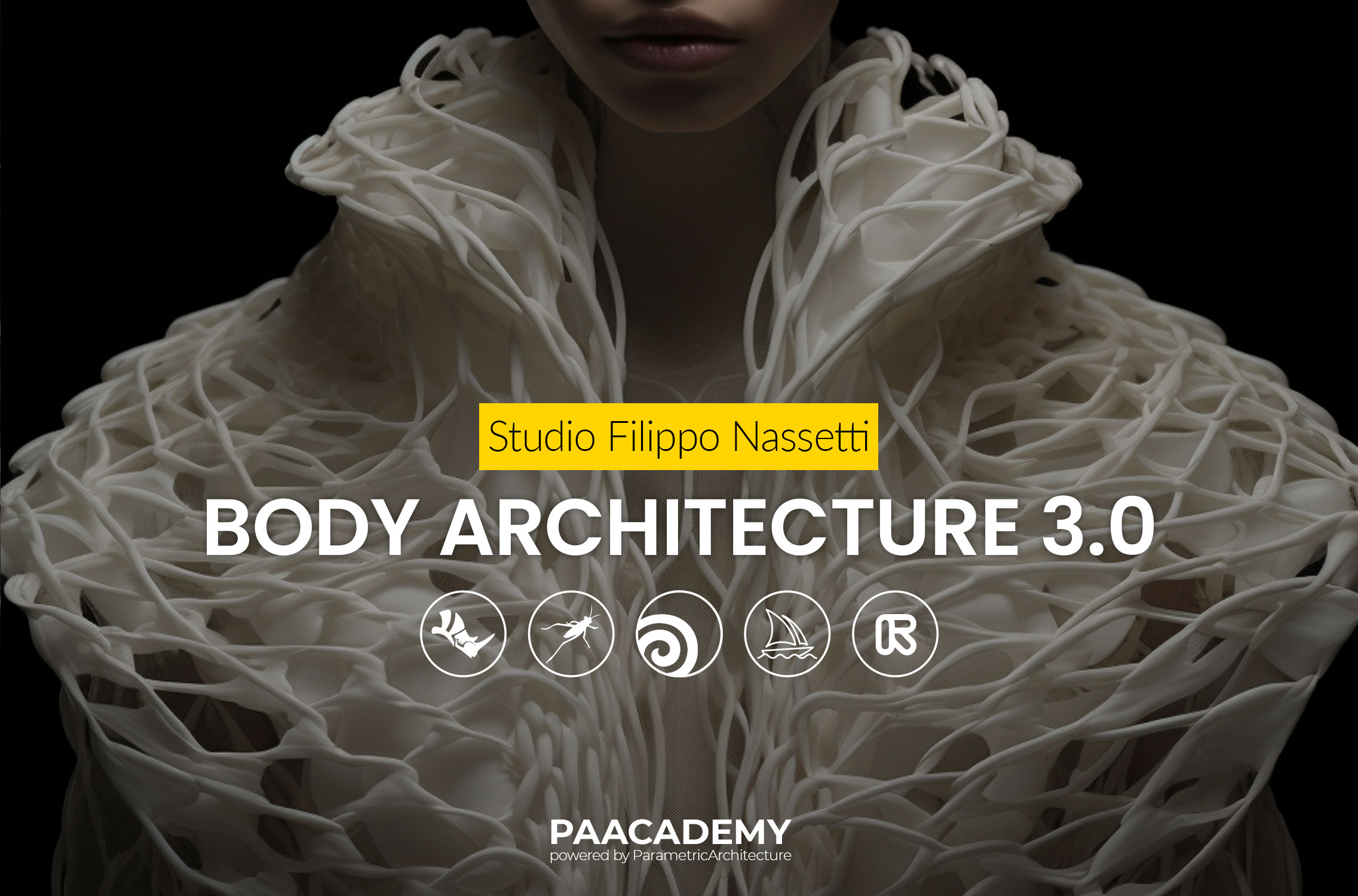
Topic: Body Architecture 3.0
Date: January 27 – 28, 2024
Time: 16:00 – 20:00 GMT
Format: Online on Zoom
Duration: 2 Sessions (8 Hours)
Registration Deadline: January 26, 2024
Total Seats: 50 seats
Difficulty: Intermediate – Advance
Language: English
Certificate: Yes
General Registration: 90 EUR
Fee For Digital Members: 77 EUR (15% discount available only for Digital Members)
Organized By: PAACADEMY
Tutor: Filippo Nassetti
Recordings: Recordings will be available for all participants afterward indefinitely.
Introduction
Body Architecture 3.0
Filippo Nassetti’s Body Architecture studio aims to extend the domain of architecture beyond its conventional boundaries to encompass the scale of the human body and the design of wearable products.
Throughout history, the human body and technology co-evolved, generating forms of deep symbiosis that materialized in a vast web of artifacts and prostheses that mediate between individuals and the environment. All wearable products, medical devices, tools, and means of transportation, and the city itself can ultimately be interpreted as an extension of our physical bodies. These technological prostheses increase the chances of survival and expand the human experience.
The Scope of the Workshop:
Building on the success of the first two editions, the upgraded 3.0 format will introduce and explore design workflows that combine computational design and artificial intelligence, connecting a range of software and applications that include Rhino Grasshopper, SideFX Houdini, MakeHuman, Midjourney AI, and RunwayML.
Specifically, Body Architecture 3.0 will introduce the participants to a set of advanced digital tools that are able to simulate fibrous and textile forms, patterns and microstructures, investigating how such themes can be interpreted to deliver contemporary design statements.
Artificial Intelligence will be used to effectively upgrade the concept design stages of a project, as well as creating assets that can be used as part of digital and computational design workflows. The potential of node editing software as diverse as Grasshopper and Houdini will be combined to pursue an integrated, cross-platform approach.
Projects and research from the participants in the workshop will speculate on transformations of natural and artificial environments, and how the human body and its prostheses would react and adapt to such trends. The projects will eventually propose the design of a specific wearable artefact or a vision of a more radical transformation of the human body.
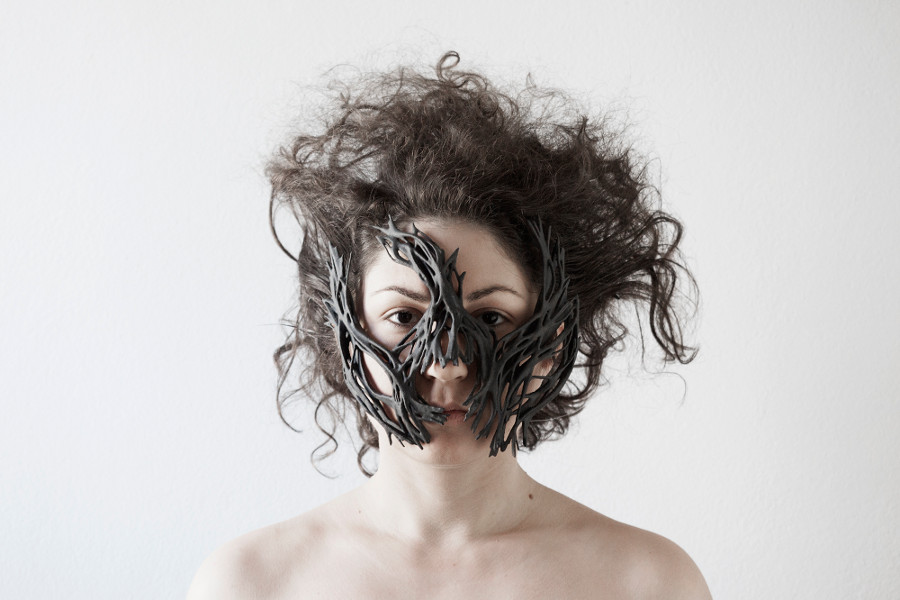
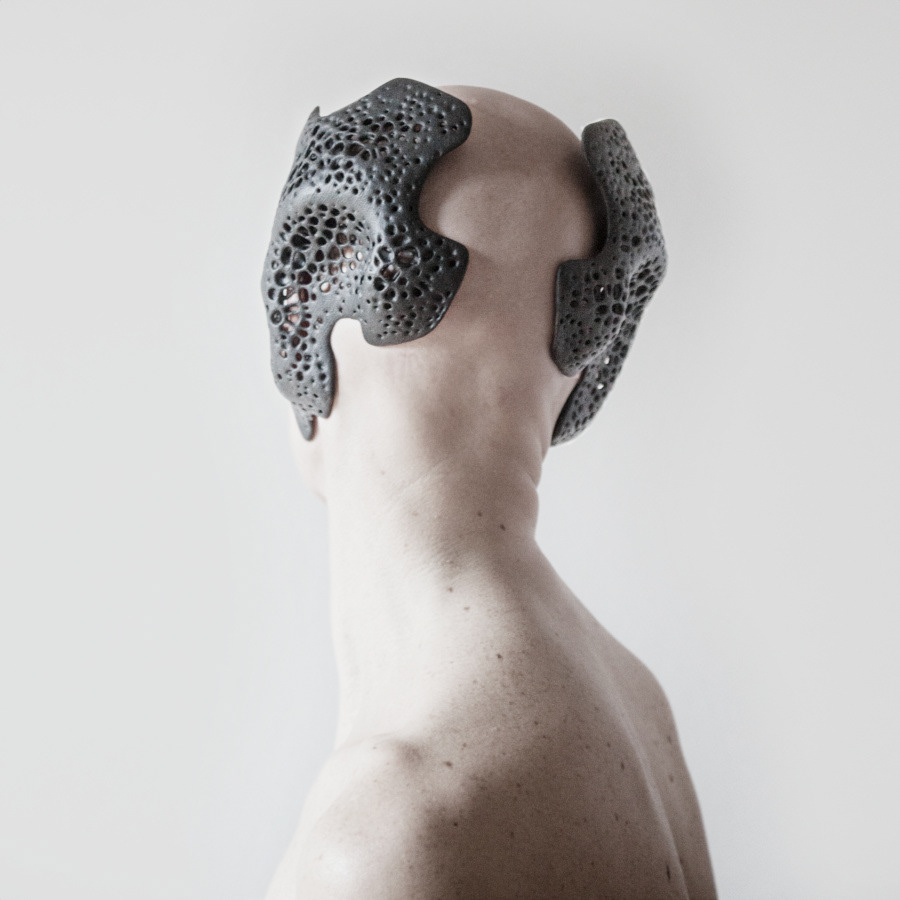
Program:
Session 1: Saturday, January 27th
- Introductive lecture
- AI tools for Body Architecture
- MakeHuman
- Houdini – Computational design techniques
- Q&A
Session 2: Sunday, January 28th
- Houdini – Computational design techniques
- Grasshopper – Computational design techniques
- Q&A
Software:
- Rhino Grasshopper
- SideFX Houdini (Apprentice version is suffecient)
- MakeHuman
- Midjourney AI
- RunwayML
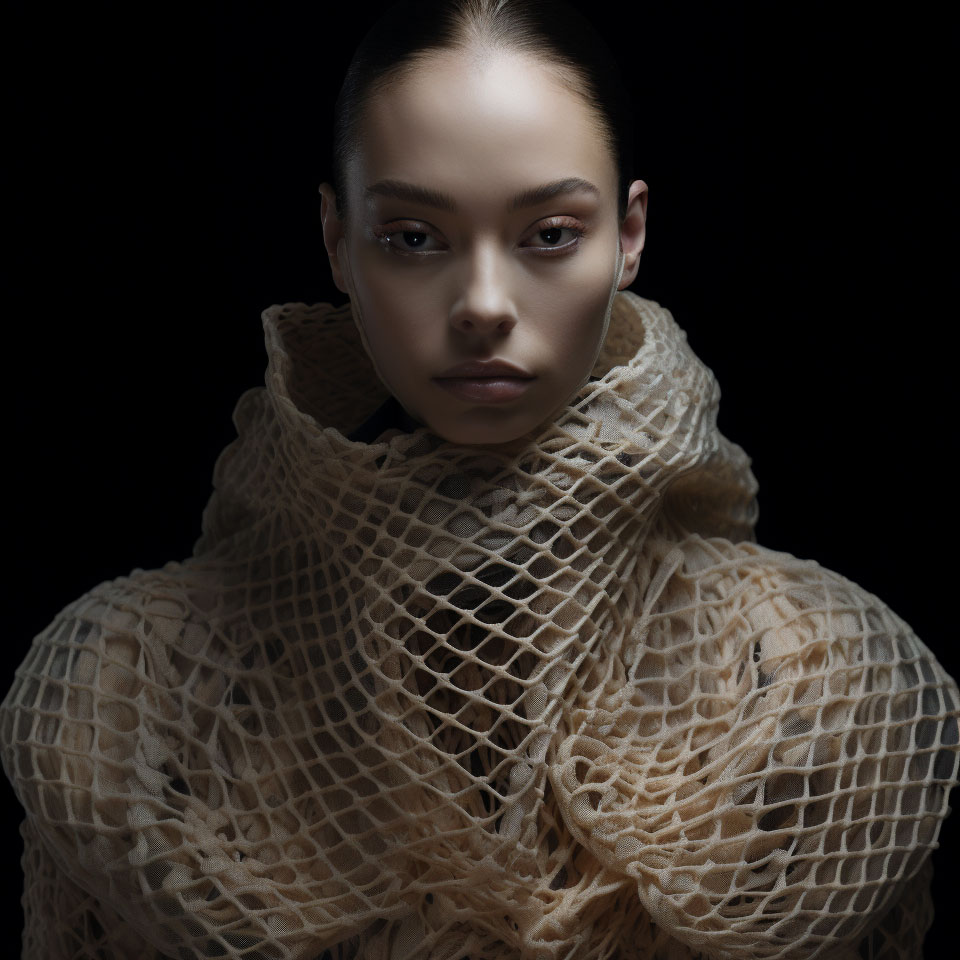

Instructor:
Filippo Nassetti
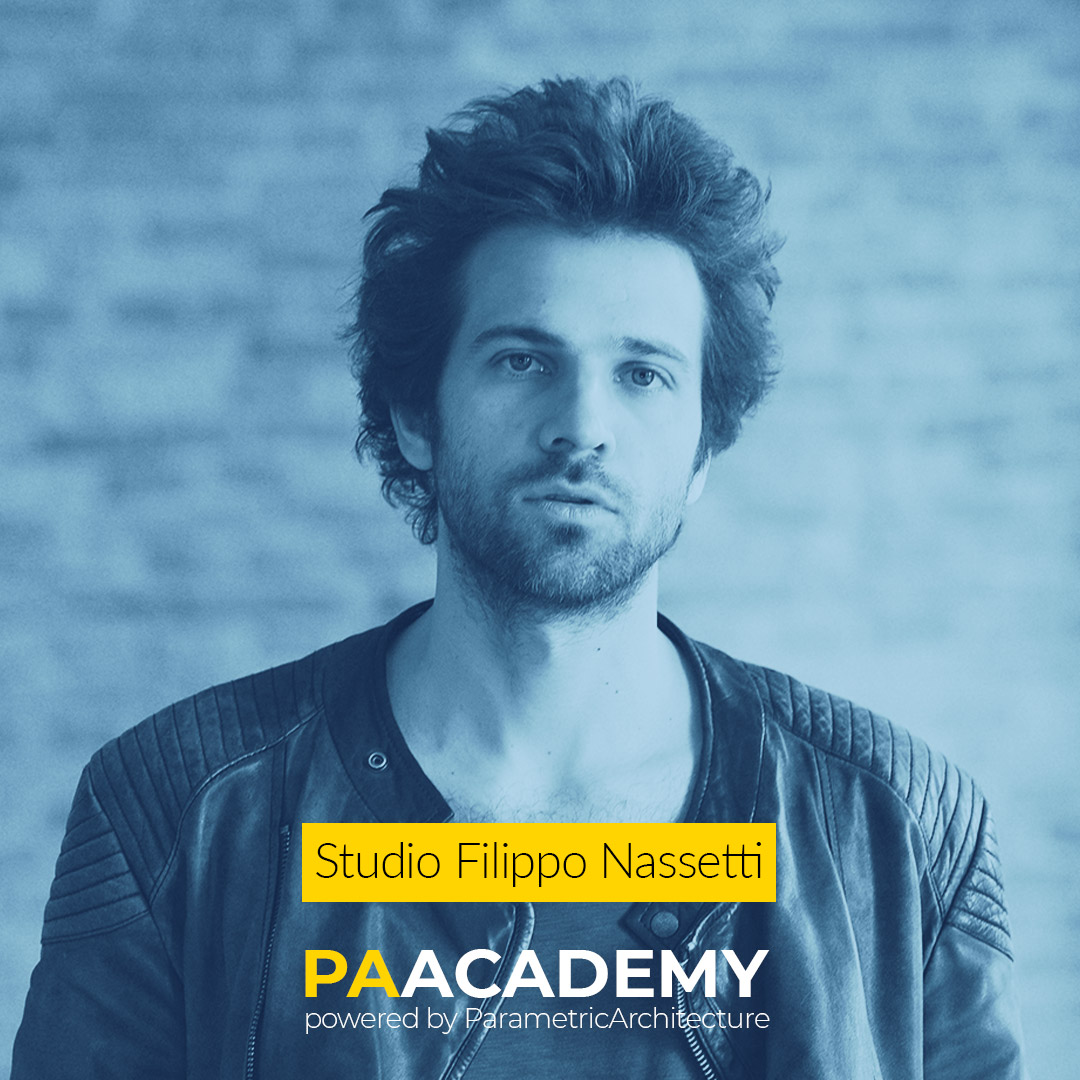
Filippo Nassetti is an artist and computational designer. The research agenda he advances, Postnatural Design, focuses on exploring the visual languages and project opportunities that emerge from challenging traditional oppositions such as natural and artificial, digital and material, human and non-human. Working between scales and crossing disciplines as architecture, product, and landscape design, it relates to research on organic form, computational methods, new media and advanced manufacturing technologies. Soon after graduating in Architecture, Filippo started operating independently, and throughout the years the practice engaged with a wide portfolio of projects that included commissions, grants, research activities, and consultancy. In 2012, he co-founded MHOX, an EU-funded research practice and start-up focused on the design of radical artefacts and wearable products through computational techniques and 3d printing. The contribution of MHOX to generative design gained international recognition through a number of experimental projects, such as Collagen, Carapace and Superabundance Masks, Generative Orthoses, ENEA walking sticks and the design of prostheses. In 2015, Filippo joined Zaha Hadid Architects, initially as part of the Computation and Design team (ZH CODE), then of Zaha Hadid Design (ZHD), where he was responsible for computational design.
In the eight years he was part of the practice, he led and completed a number of ZHD projects where computation played a central role. These experiences ranged from the design of both sculptural and functional products, to experimental installations, projection mappings and interior designs. Since 2016 he has taught at UCL The Bartlett School of Architecture, as part of the MArch Urban Design, a postgraduate programme focused on computational design, co-leading the Research Cluster 16 through a research-based teaching methodology. Filippo’s independent work has been published and exhibited internationally. He lectured at The Royal College of Arts (London), China Central Academy of Fine Arts (Beijing), and Florida International University (Miami), among others; exhibited at Centre Pompidou (Paris), Design Museum (London), Bozar Centre (Bruxelles); his work was featured on The New York Times, International Herald Tribune, Dezeen, Designboom, Wired Italia.
PA Talks interview with Filippo Nassetti:
Important Notes:
- The “Body Architecture 3.0” Studio workshop by PAACADEMY will start on Saturday, 27th January 2024, at 16:00 (GMT).
- Total sessions: 2 Sessions
- The teaching duration per session will be 4 hours.
- Students will have time for a break between teaching hours.
- Each session and the entire studio will be recorded, and videos will be available for participants just a day after the class for unlimited time.
- PAACADEMY will provide a certificate of attendance.
- The studio has limited seats. Tickets are non-transferable & non-refundable. Please read carefully before you register.

Topic: Body Architecture 3.0
Date: January 27 – 28, 2024
Time: 16:00 – 20:00 GMT
Format: Online on Zoom
Duration: 2 Sessions (8 Hours)
Registration Deadline: January 26, 2024
Total Seats: 50 seats
Difficulty: Intermediate – Advance
Language: English
Certificate: Yes
General Registration: 90 EUR
Fee For Digital Members: 77 EUR (15% discount available only for Digital Members)
Organized By: PAACADEMY
Tutor: Filippo Nassetti
Recordings: Recordings will be available for all participants afterward indefinitely.


